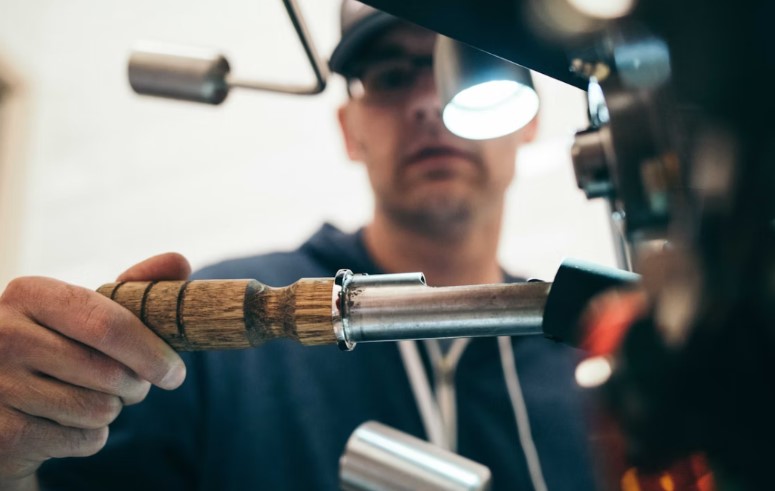Your home’s plumbing system is one of its most essential yet often overlooked elements. From delivering clean water to removing waste efficiently, it quietly keeps your household running. But when problems strike—like a blocked drain or a burst pipe—they can bring daily life to a halt.
Keeping your plumbing in top condition doesn’t just prevent emergencies; it also saves money and preserves the long-term value of your home. A bit of attention and regular care go a long way.
Be Proactive About Plumbing Repairs
One of the biggest mistakes homeowners make is ignoring minor issues until they become major ones. A dripping faucet, a toilet that runs occasionally, or a pipe that leaks only during heavy usage might seem harmless, but over time they can cause serious water damage or mold growth.
Addressing plumbing repairs promptly can prevent small inconveniences from turning into large and costly disasters. Hire a licensed plumber for inspections when needed, and don’t try to DIY anything you’re not completely confident about—especially when it comes to your main water line or sewage system.
Keep an Eye on the Blocked Drain System
A blocked drain system is one of the most common and frustrating plumbing problems. They’re often caused by grease buildup, food particles, hair, or foreign objects going down the wrong drain. Left unaddressed, blocked drains can lead to slow drainage, foul smells, or even flooding. Make it a habit to clean your sink strainers and shower traps regularly.
Avoid flushing anything other than toilet paper, and never pour grease down your kitchen sink. If a drain starts to gurgle, drain slowly, or emit odors, it’s a sign that you should take action before the blockage worsens. In some cases, you may need a plumber to perform a deep clean or use specialized tools like a drain snake or hydro jetting system.
Watch for Changes in Water Pressure and Color
Sudden changes in water pressure or discoloration in your tap water can be early warnings of a plumbing issue. Low pressure might suggest a hidden leak or mineral buildup, while brown or rusty water could indicate corrosion in your pipes or sediment in the water heater.
These changes should be investigated immediately, as they often signal underlying problems that could worsen quickly if ignored. Installing water pressure regulators or filtration systems can also help keep your plumbing healthy and your water clean.
Maintain Your Fixtures and Appliances
Fixtures like faucets, showerheads, and toilets, as well as appliances like dishwashers and washing machines, all play a role in your home’s plumbing system. Over time, mineral deposits can clog faucet aerators and showerheads, reducing efficiency.
Check your fixtures regularly for leaks, loose handles, or signs of wear. Also, keep an eye on the hoses and connections behind your washing machine and dishwasher—they’re often out of sight and easy to forget, but a single rupture can lead to major flooding. Replacing hoses every few years is a small step that can prevent a big mess.
Schedule Regular Plumbing Check-Ups
Even if everything seems fine on the surface, having your plumbing system inspected periodically by a professional is a smart move. A licensed plumber can spot signs of corrosion, check for slow leaks, test water pressure, and ensure that your water heater is functioning safely and efficiently.
They can also advise you on any upgrades or replacements that might be needed. Like getting your car serviced, regular plumbing check-ups help avoid unexpected breakdowns and extend the life of your system.

